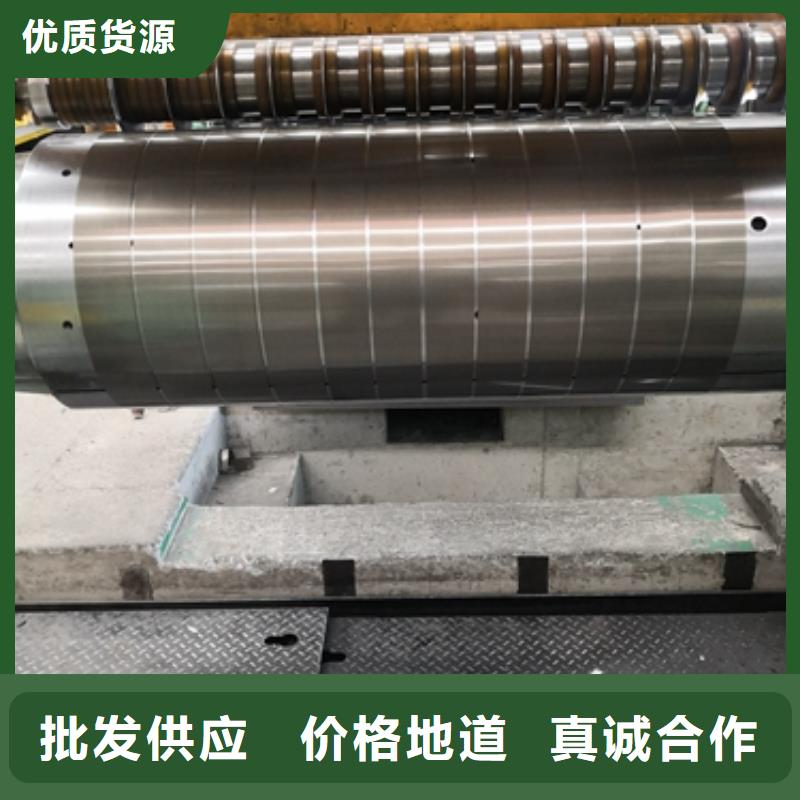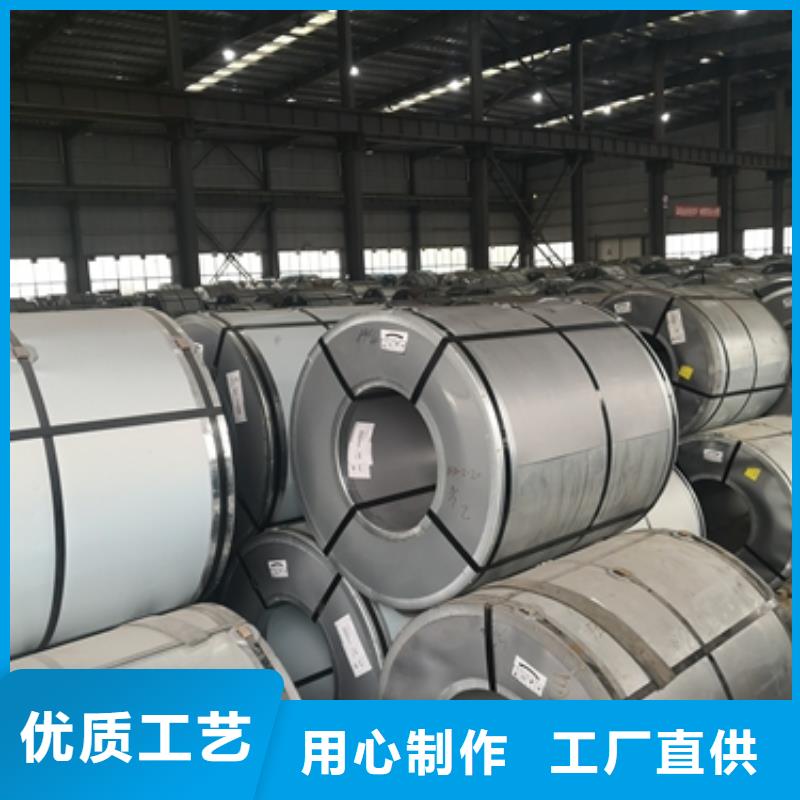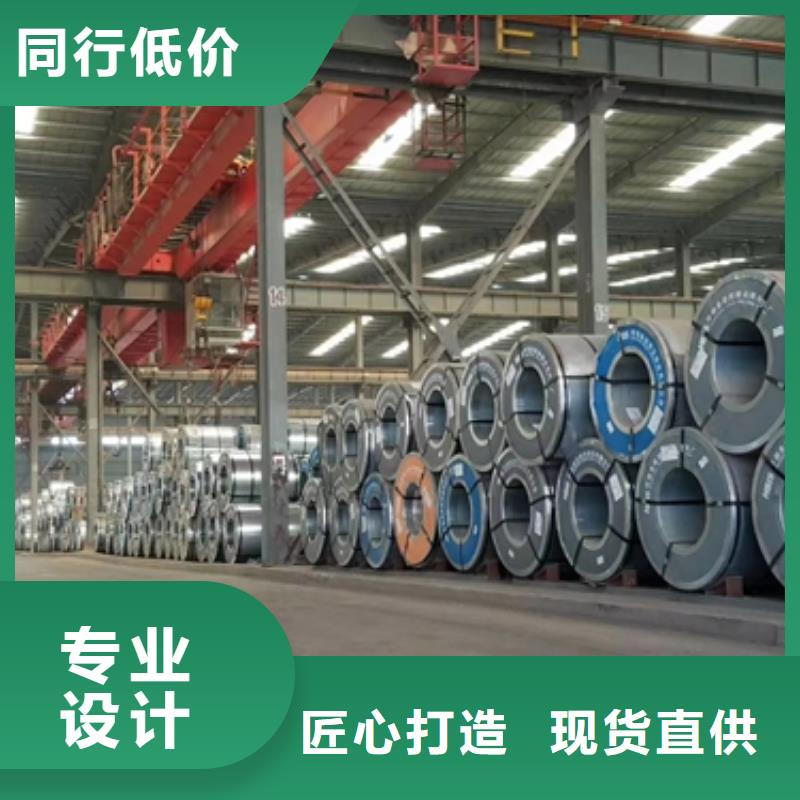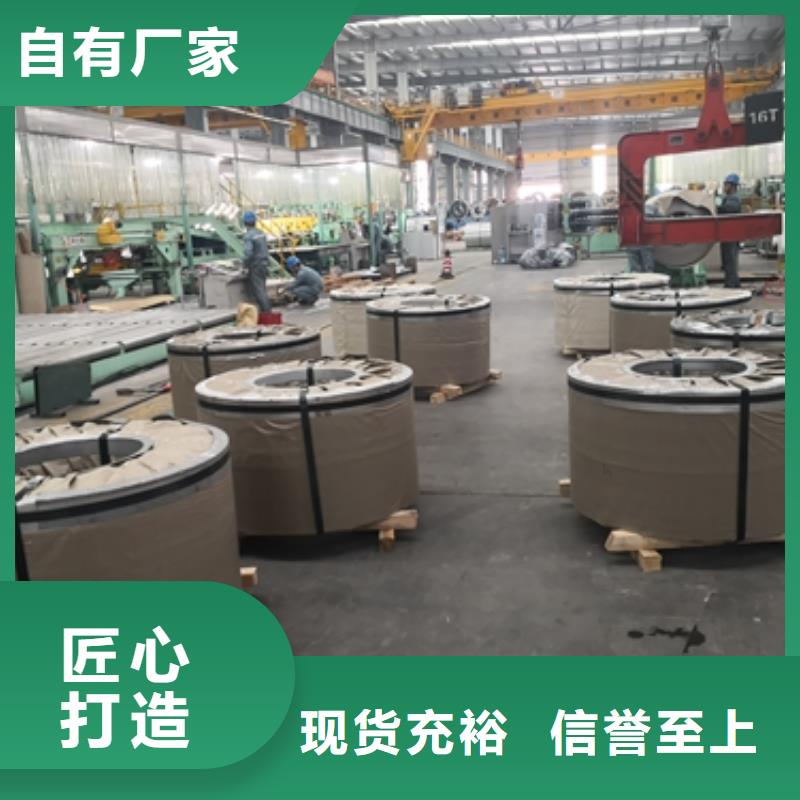以下是武钢 30Q150 0.3*960*C 变压器专用取向硅钢的现场实拍视频,让您更好地了解产品的优点和特点不容错过。
以下是:武钢 30Q150 0.3*960*C 变压器专用取向硅钢的图文介绍
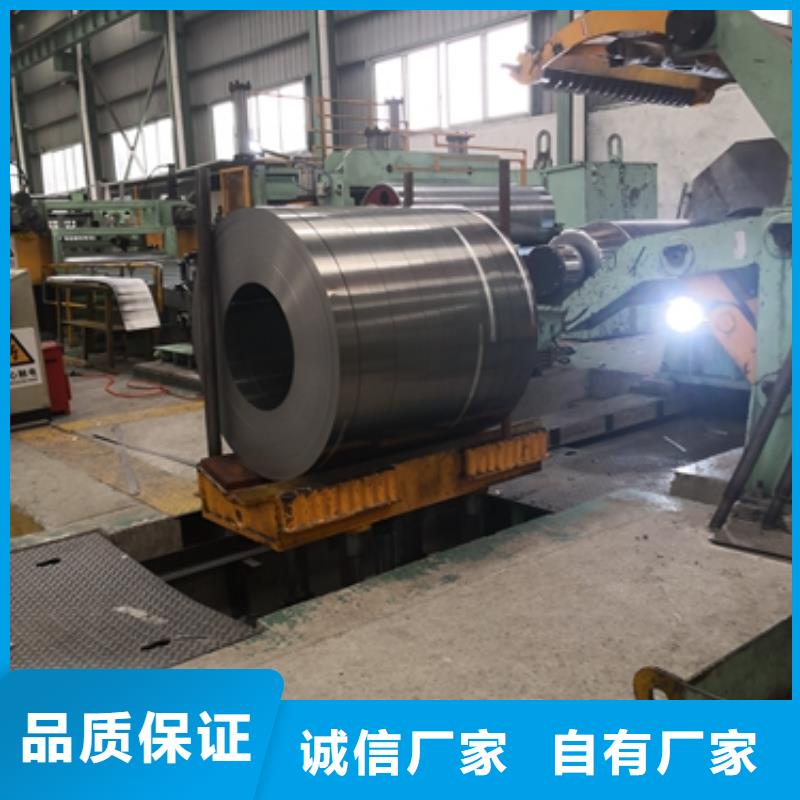
鹿程国际贸易有限公司坚持新发展理念,遵循“实事求是、守正创新、行稳致远”的工作原则,以服务经济社会发展和满足人民对美好生活的向往为发展方向,围绕政府、城市和人作文章,倾力打造鹿程国际贸易有限公司,发挥全产业链优势,为客户提供 台湾电工钢,提供一站式综合服务。
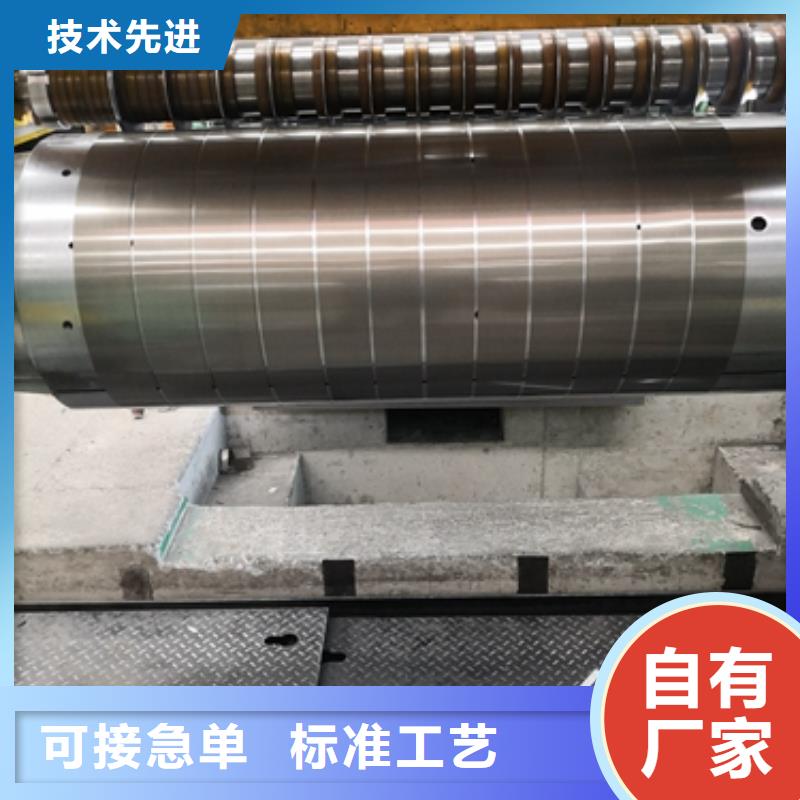
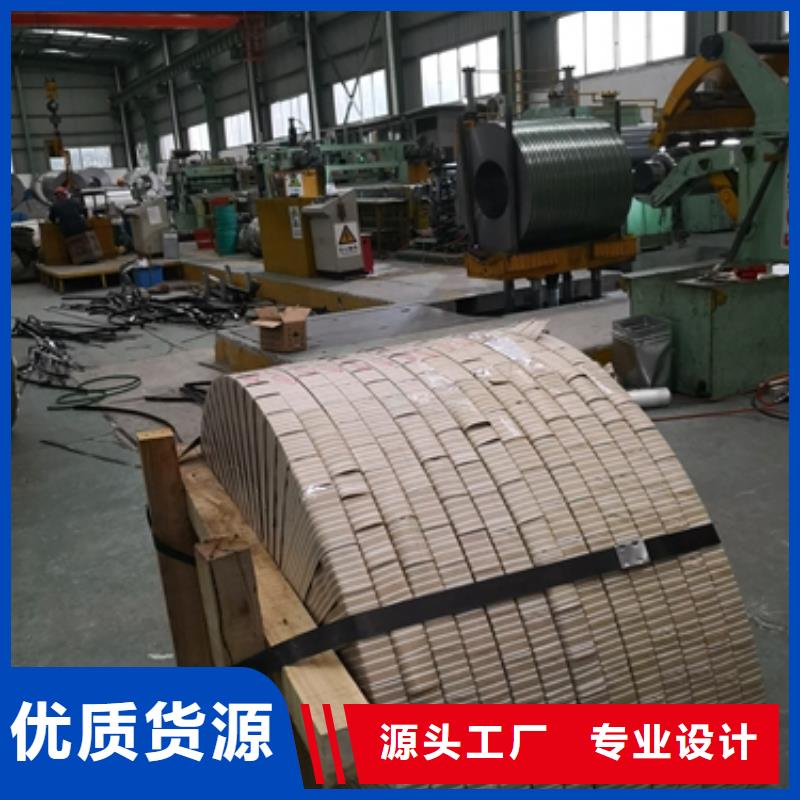
电工钢硅钢片本文件适用于宝山钢铁股份有限公司生产的、台湾同城用于频率在 100Hz-10000Hz 磁路结构的、台湾同城以终退火状态交货的全工艺冷轧无取向电工钢带产品(以下简称产品),比总损耗(铁损)specific total loss (iron loss)比总损耗是指在磁极化波形保持正弦,其峰值和频率为特定值时,单位质量材料所消耗的总功率,比总损耗用符号 P(Jm/f)表示,单位为 W/kg。例:P1.0/400表示在 磁极化强度为 1.0T、台湾同城频率为 400Hz 时的比总损耗。Q/BQB 481-202123.2 磁极化强度 magnetic polarization磁极化强度是指试样受交变磁化时,特定磁场强度峰值的磁极化强度峰值,其符号为J(H),单位为 T(特斯拉)。例:J5000表示对应于磁场强度峰值为 5000A/m 下的磁极化强度峰值。4 分类本文件的材料的等级是根据磁极化强度在1.0T、台湾同城频率在400Hz下的 比总损耗值P1.0/400、台湾同城材料公称厚度进行牌号分类,并按产品特性细分为普通型、台湾同城型、台湾同城高强度型、台湾同城高磁感型和高强度型五类。示例 1:B20AV1300 表示公称厚度为 0.20mm 的普通型无取向电工钢, 比总损耗P1.0/400为13W/kg;示例 2:B27AHV1400 表示公称厚度为 0.27mm 的型无取向电工钢, 比总损耗P1.0/400为14W/kg;示例 3:B30APV1500 表示公称厚度为 0.30mm 的高磁感型无取向电工钢, 比总损耗P1.0/400为15W/kg;示例 4:B25AHV1300M表示公称厚度为0.25mm的高强度型无取向电工钢, 比总损耗P1.0/400为13W/kg;示例 5:B35AHS500 表示公称厚度为 0.35mm 的高强度型无取向电工钢,小屈服强度500MPa。1 绝缘涂层状态产品通常以两面涂敷绝缘涂层状态交货,涂层种类见表 2。绝缘涂层应可耐受绝缘漆、台湾同城变压器油、台湾同城机械油等介质的侵蚀。本文件规定的绝缘涂层与国内外相关技术规范规定绝缘涂层的近似对照可参见附录 A(资料性附录),绝缘涂层的特性见附录 B(资料性附录)。绝缘涂层的厚度、台湾同城自粘接涂层的剥离强度等技术要求如有特殊要求应在订货时协商,并在合同中注明。涂层绝缘电阻涂层绝缘电阻分为表面绝缘电阻和层间电阻,表面绝缘电阻单位为Ω·cm2/面,层间电阻单位为Ω·cm2/片,理论上,层间电阻是表面绝缘电阻的 2 倍。根据需方要求,经供需双方协商,可进行涂层绝缘电阻的检测,并在合同中注明涂层表面绝缘电阻或层间电阻的小值。
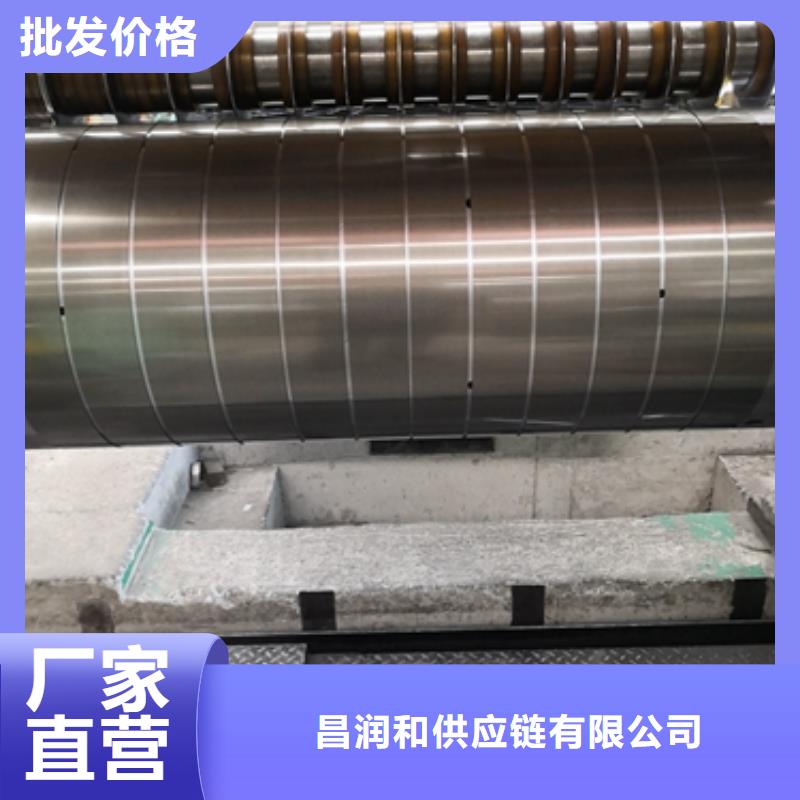
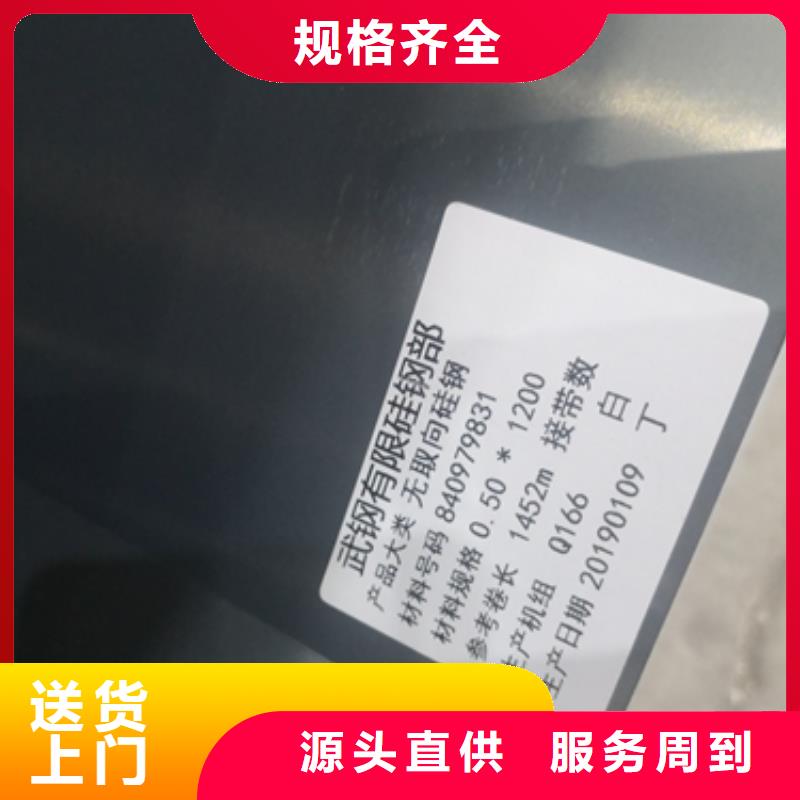

电工钢硅钢片自粘硅钢片定子手工胶粘方案由于其需要复杂的人工操作及复杂的叠压工装,其生产效率不高,并且生产存在一定的报废率,随着技术的发展,近年来多个钢厂均推出了自粘硅钢片;自粘硅钢片是指硅钢片在冷轧完之后,硅钢片厂家在硅钢片表面涂覆了一层有机的涂层(比如宝钢的Z涂层和Sura Cogent的Suralac 9000),此涂层同时具备C5涂层的绝缘性,又具备胶水的粘性;硅钢片在生产完之后,自粘涂层是不带有粘性的(B 状态),当产品在一定温度和一定压力情况下,自粘涂层会进行融化并形成固化强度将硅钢片粘接到一起,以达到胶粘的效果;对比与普通的硅钢片自粘硅钢片的相关参数如图:

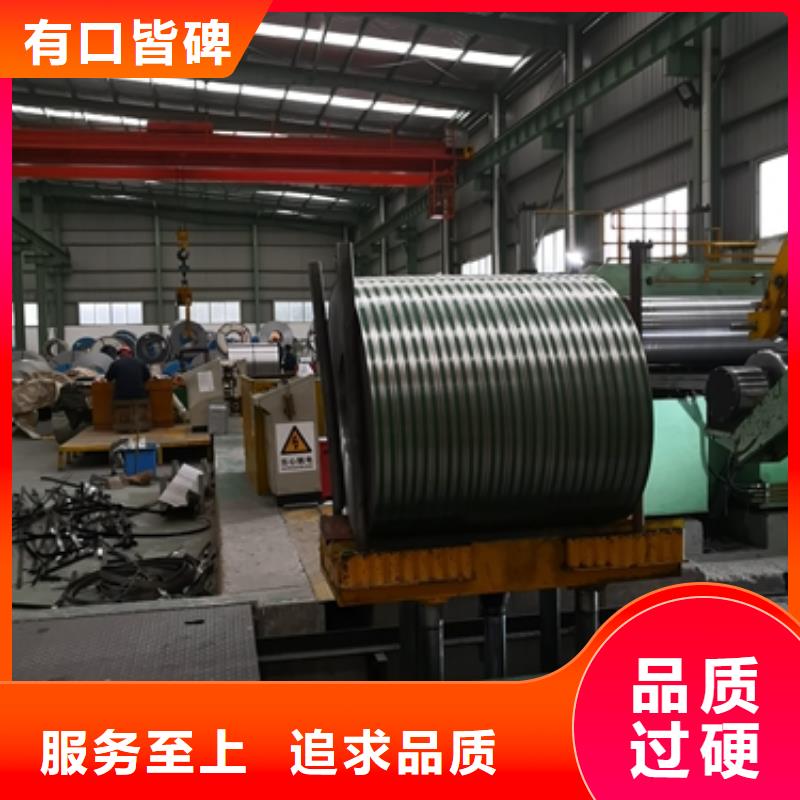
电工钢硅钢片Electrical steel, also known as silicon steel sheet, is an indispensable metal material in the power, electronics, and military industries, and is also the largest functional material in production. It is mainly used as the iron core for various motors, generators, and transformers. Since it is a functional material, its performance testing also revolves around "function". These indicators are often mentioned in trade and processing processes, and a brief understanding can help everyone better carry out their work. The performance testing of electrical steel mainly includes the following aspects: magnetic inspection, stacking coefficient inspection, coating adhesion inspection, repeated bending inspection, size and shape surface inspection, and conventional mechanical property inspection. In addition to the types of products listed above, there are also some special purpose electrical steel plates, such as 0.15 and 0.20mm thick 3% Si cold-rolled non oriented silicon steel strips and 0.025, 0.05, and 0.1mm thick 3% Si cold-rolled oriented silicon steel strips, which are used as intermediate and intermediate grade High frequency motors and transformers, as well as pulse transformers, etc; 0.7mm thick 3% Si high-strength cold-rolled non oriented silicon steel plate for relays and power switches; High strength cold-rolled electrical steel plate for new high-speed motor rotors; Low carbon electrical steel hot-rolled thick and cold-rolled plates for magnetic shielding and high-energy accelerator electromagnets such as medical magnetic resonance tomography scanners; 4.5% to 6.5% Si high silicon steel plates for high-frequency motors, transformers, and magnetic shielding.
Generally, motors, transformers, and other electrical components are required to have high efficiency, low power consumption, small size, and light weight. Electrical steel plates are usually guaranteed to have magnetic properties based on core loss and magnetic induction strength. Magnetic induction strength is the number of magnetic lines passing through a unit cross-sectional area of the iron core, also known as magnetic flux density. It represents the material‘s magnetization ability, measured in T. The magnetic induction strength of electrical steel plates is high, and the excitation current (also known as no-load current) of the iron core is reduced. Copper and iron losses are also reduced, which can save electrical energy. When the power of the motor and transformer remains constant, the magnetic induction intensity is high, and the design Bm can be increased. The cross-sectional area of the iron core can be reduced, which reduces the volume and weight of the iron core, and saves the amount of electrical steel plates, wires, insulation materials, and structural materials used. This can reduce the total loss and manufacturing cost of the motor and transformer, and is beneficial for the manufacturing, installation, and transportation of large transformers and motors. The main requirements for the performance of silicon steel are:
1. Low iron loss is the most important indicator of the quality of silicon steel sheets. Various countries classify grades based on iron loss values, with the lower the iron loss, the higher the grade.
2. Under strong magnetic fields, the magnetic induction intensity (magnetic induction) is high, which reduces the volume and weight of the iron core of the motor and transformer, saving silicon steel sheets, copper wires, and insulation materials.
3. The surface is smooth, flat, and the thickness is uniform, which can improve the filling coefficient of the iron core.
4. Good lamination performance is more important for manufacturing micro and small electric motors.
5. The adhesion and weldability of the surface insulation film are good, which can prevent corrosion and improve the punching performan




